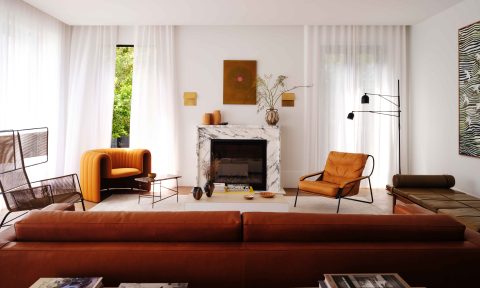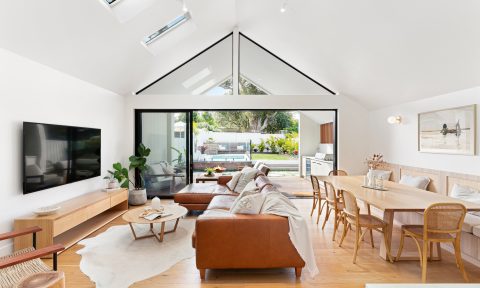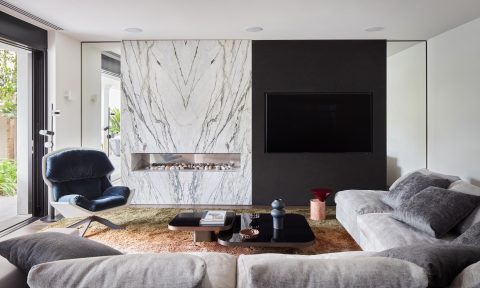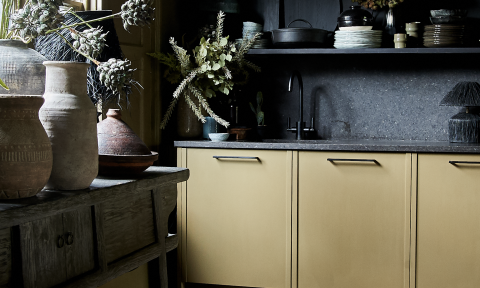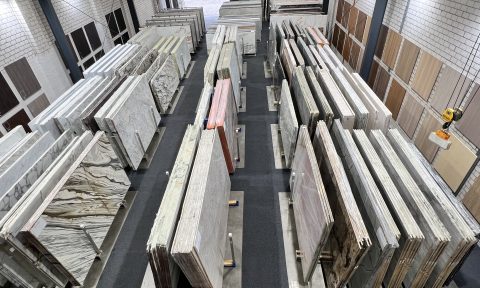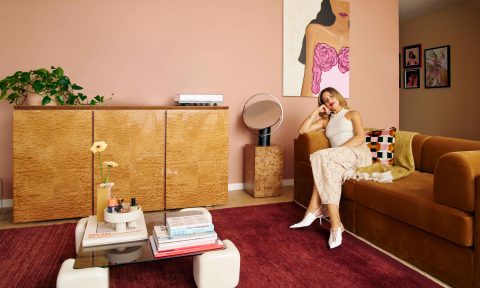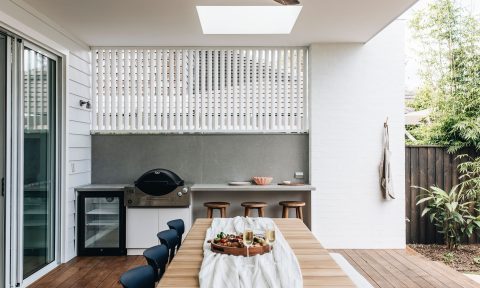While city residences have limited outdoor space, that doesn’t mean us Aussies don’t want gardens and greenery! So if you want to create and maintain a successful vertical garden, keep the following tips in mind.
Garden location
The first thing to consider when you’re building a vertical garden is where you’ll put it. If you have an outdoor space, you can choose to build it against a wall, or you can construct a structure to hold it. If you don’t have a space outdoors, you can also build a garden indoors.
When you are choosing where to place your vertical garden, think about the kinds of plants you want. Plants require varying degrees of sunlight, shade, water, humidity levels, and space to grow. Certain plants may grow better in certain locations, depending on their needs.
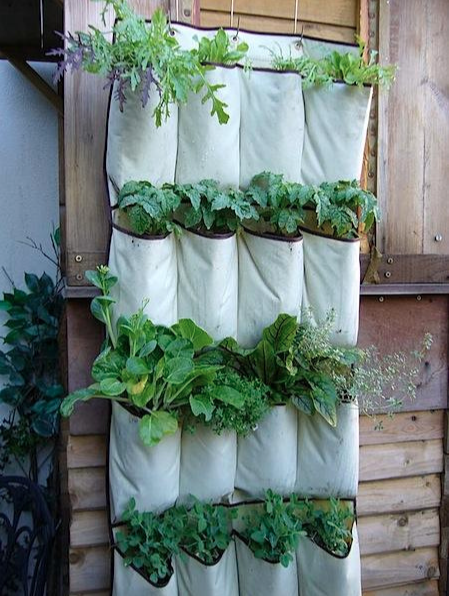
Structuring a vertical garden
Once you have selected the perfect location for your vertical garden, it’s time to select the structure.
1. Hanging planters
Hanging your plants at different heights can allow you to create a vertical garden either indoors or outdoors. If you’re building your garden outdoors, look at existing structures that can be used for hangers or that can support hanging plants. Indoor gardens often hang from the ceiling or windows in order to be near the light.
2. Shelving
Another way to structure a vertical garden is with shelving. Remember that your plants will need room to grow to their full size and that shelving can block sunlight. Vintage furniture can be repurposed into a great garden shelving unit. If you’re looking to get creative, instead of planting your garden on the shelves, consider hanging them from the shelves.
3. Trellises
Depending on the kind of plants you want to grow, a trellis may be another option, especially for outdoor gardens. Certain food plants, like cucumbers and tomatoes, grow extremely well on a trellis because they like to spread out as they grow.
Choosing a planter
In addition to choosing a structure to hold your plants, you will need to pick the right planter for each plant.
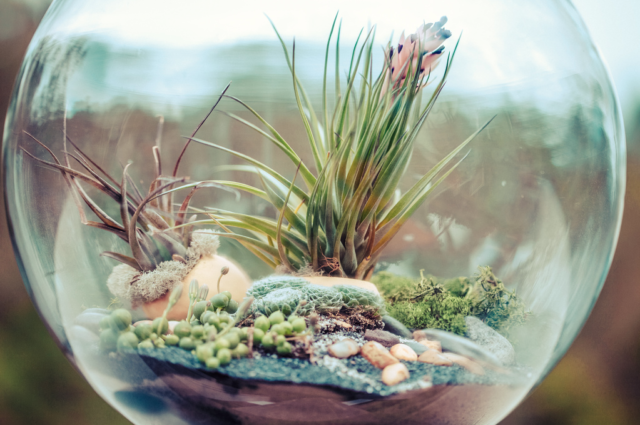
1. Terrariums
Terrariums are one of the most modern ways to bring both style and nature into a home. They can be hung or placed on a shelf, and because terrariums are made of clear glass, a well put together terrarium can flourish without maintenance.
2. Pots, baskets and boxes
Pots, baskets and window boxes are some of the most common places that plants are grown on residential properties. Remember that they come in all shapes and sizes, and they can be placed on a shelf, hung, or even connected to a trellis for plants that expand beyond their containers.
3. Other options
One of the greatest parts of building your own vertical garden is that you can have fun with it! Sometimes, especially in small spaces, using shelves or traditional pots isn’t an option. What about growing plants in a shoe organiser? Or recycling an old dresser and using the drawers as planters?
— Emma Sayce is a senior florist at A Touch Of Class Florist in Perth. Emma has over 20 years experience in floristry and loves sharing her creative bouquets and floral creations with her customers.
